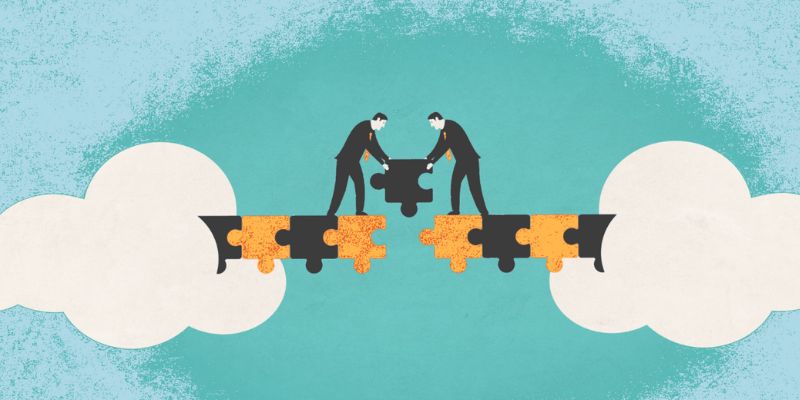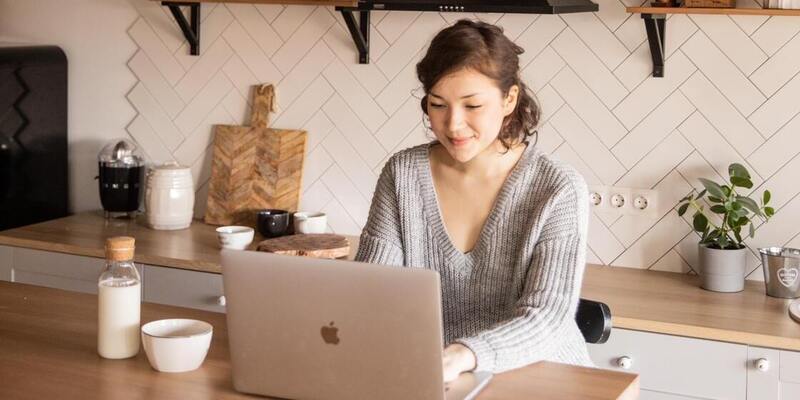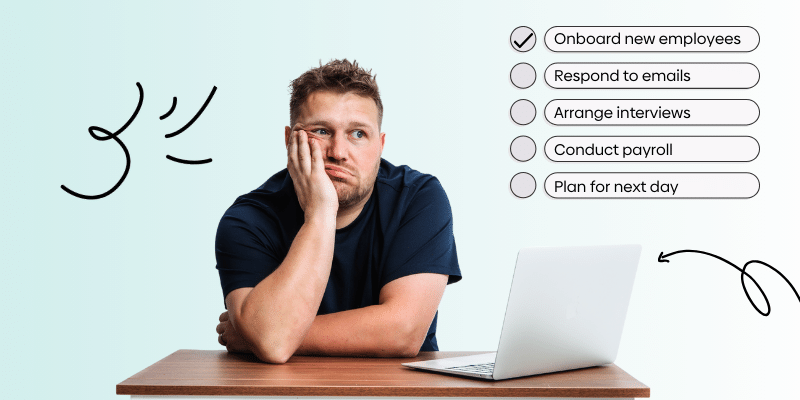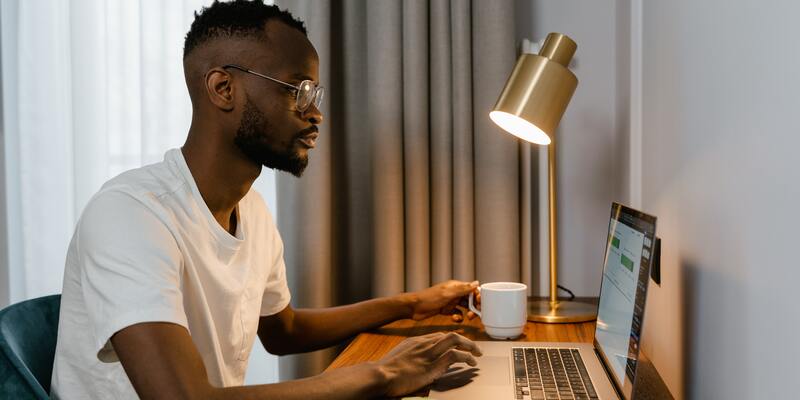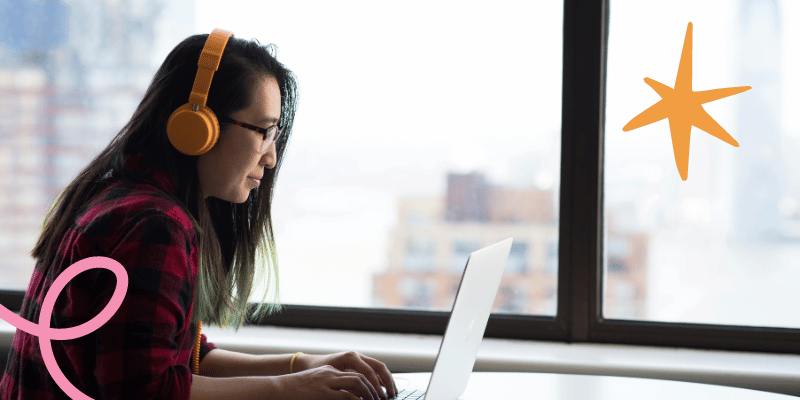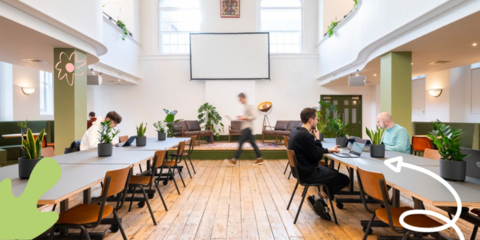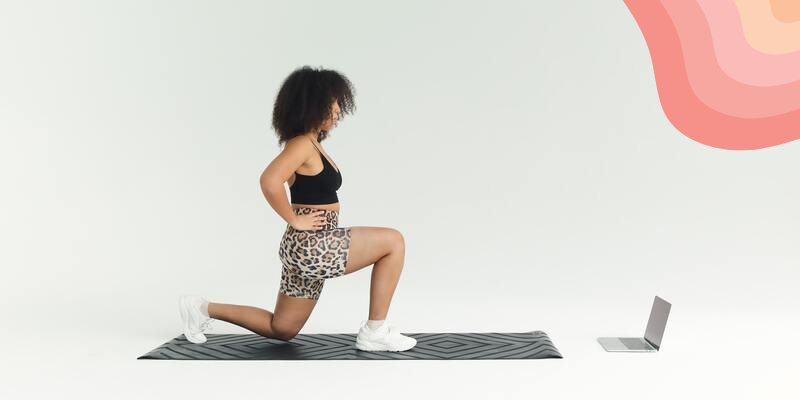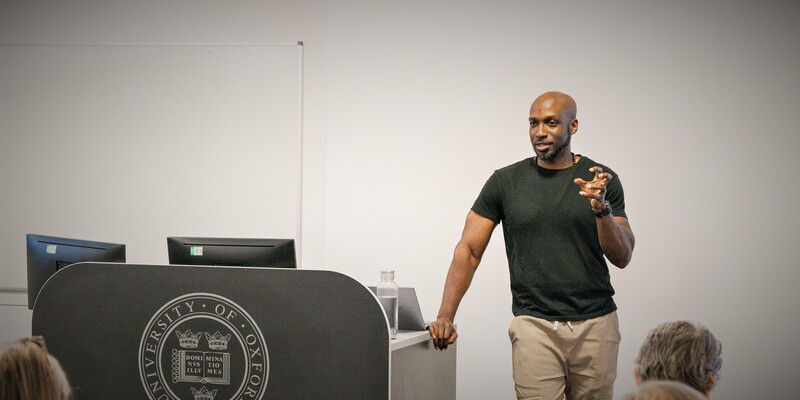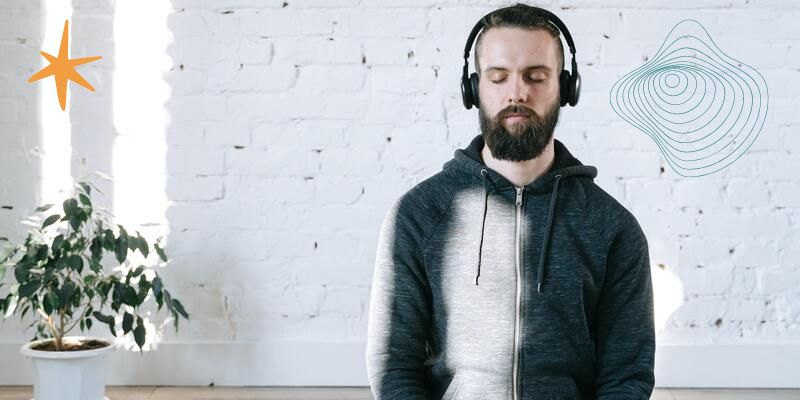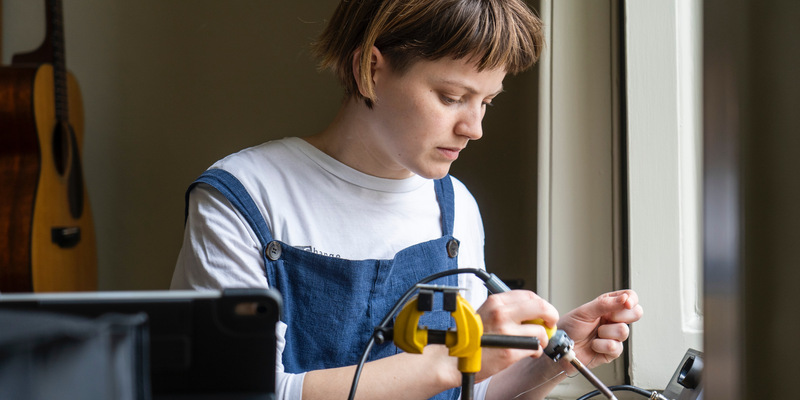Virtual coworking, body doubling and the future of work
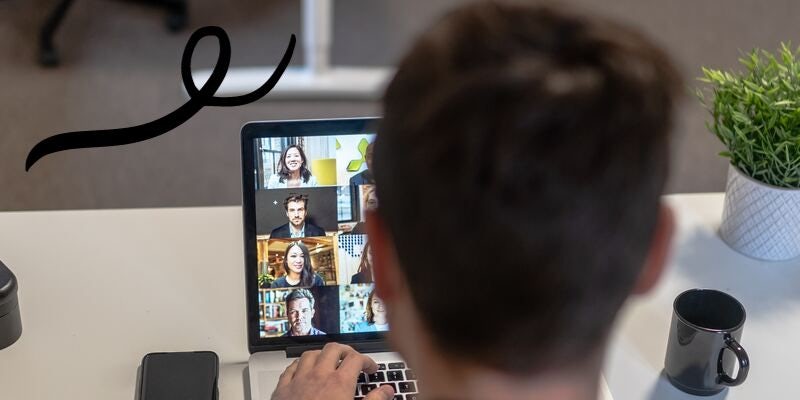
By Micah Yongo
•
Sep 28, 2023
Gone are the days when "working from home” meant a slow day of checking emails between re-runs of your favourite sitcom — by now we’ve long recognized our homes, cafés, or any place with a decent Wi-Fi connection as a potential workspace.
But in this brave new world, two ground-breaking concepts are stealing the limelight and offering remote working professionals of every kind an extra edge: virtual coworking and body doubling.
Let's take a quick trip into this intriguing intersection of technology and psychology, currently reshaping our productivity and perhaps the very essence of work itself.
The rise of virtual coworking
Remember the story of Robinson Crusoe, stranded on an island, desperately craving human interaction? Daniel Defoe’s masterpiece might have been a work of fiction, but its essence rings true for many freelancers today. Working from home, or the seaside café in Bali, sounds idyllic. But often the reality involves battling procrastination, demotivation, and levels of isolation that’d lend appeal even to Crusoe's lonely shores.
We're social creatures. It's embedded in our DNA, passed down from ancestors who relied on tribes and communities to survive. Although we've swapped natural forests for urban jungles, that inherent need to connect hasn’t waned.
Remote work, a phenomenon that saw a meteoric rise during global lockdowns, undoubtedly offers flexibility, allowing workers and businesses to maximize output whilst nixing office overheads and doing away with lengthy commutes.
However, with this newfound freedom comes an unintended side effect: isolation.
And, as studies have shown, this isolation can be a silent productivity killer. A report by Buffer highlighted loneliness as the second-most reported challenge amongst remote workers, coming right after collaboration and communication.
Which is why virtual coworking has emerged as a growing phenomenon over recent months, serving as a remedy by providing structure and the sense of ambient connection to others that we need; and all without the drudgery of a daily commute — the best of both worlds.
Redefining boundaries of connection
"Innovation is the ability to see change as an opportunity - not a threat."
Whilst online spaces such as Sococo and My Digital Office simulate real-life office environments, complete with customizable office layouts, dedicated meeting rooms, and even virtual watercoolers for that impromptu chat about the latest Netflix series - it's the platforms offering workers a more direct means of human connection that have begun to transform the landscape of productivity, fostering communities around focus to help remote workers get things done and feel supported in the process.
This comes down to a phenomenon known as body doubling.
Decoding body doubling
For the uninitiated, "body doubling" may sound like some weird sci-fi term, or a stunt double in action movies. In the remote work context, however, it's an age-old ADHD productivity trick turned mainstream.
Perhaps you’ve known the bustling invigoration of working in a coffee shop, or maybe you've accidentally worked twice as hard during a library cram session because you caught someone else's rigorous note-taking from the corner of your eye. If so, you've felt it—body doubling's invisible influence.
Essentially, body doubling involves two individuals working silently together on separate tasks, either in person or over a video call. The mere presence of another person, even in virtual form, acts as an anchor, helping to enhance concentration and reduce procrastination.
At its core, body doubling taps into some of the brain’s most ancient architecture — the product of when we thrived in tribes, and the actions of one motivated the many. The phenomenon is to do with mirror neurons—cells in our brain that fire both when we act and when we observe someone else taking that action.
In essence, seeing someone else working hard, even in our peripheral vision, creates a subconscious feedback loop, pushing us to do the same.
Discover online body doubling?
Flocks are online body doubling sessions designed to free you from distraction and take the willpower out of productivity.
Try a Flock for free today, and see how much you can tick off your to-do list!
Integration with virtual coworking
Enter the digital age—a time where the majority of our interactions, including work, have found their home online. Virtual coworking platforms like FLOWN act as the perfect conduit for body doubling, allowing workers to focus in companionable silence on their most important tasks alongside a community of likeminded others.
Being aware of a live group of professionals on screen, each burrowing away on their work in real-time, makes it hard not to feel that familiar jolt of motivation. Through this blend of passive camaraderie and silent accountability, procrastination disappears, and sustained bouts of focus become far easier.
Which is why students and professionals from all over the world — from PhDs, to freelancers, CEOs, and corporate execs — swear by the transformative effects.
Challenges in the virtual work environment
Of course, every rose has its thorn. While virtual coworking and body doubling sound promising, there are challenges. What happens when the lines between personal and professional blur further? For some, this might mean attempting to type up a report while a toddler clamors for their attention. For others, it’s the temptation of that ever-inviting bed, just a few feet away from the workstation.
Then, there’s the strangeness of team building events – celebrating company milestones over pixelated screens and glitchy audio, where "You're on mute!" becomes the unofficial catchphrase.
For businesses, learning new strategies for how to build team culture and mobilize a workforce is crucial. Whilst for individuals, overcoming digital fatigue, ensuring privacy, and carving out 'me' time in an always-connected world is more critical than ever.
Here are some tools and tips to conquer the virtual battlefield:
Strategies to navigate the digital terrain
Digital Detox: Remember those hobbies we used to have? No, not browsing memes or doomscrolling. Real hobbies. Try reading an actual book or go for an awe walk. Let the pixels fade and the world come into focus.
Set boundaries: Physically set up a separate work area, even if it’s just a corner of your room. When you’re there, you’re at work. Elsewhere? It's personal time. A simple curtain or room divider can make a world of difference.
Educate your circle: Speak to your family about the importance of quiet times, or put up a "Do Not Disturb" sign when you’re in a meeting. A plush toy or a special light can signal to young kids that mommy or daddy is 'at work.'
Tech-free breaks: Allocate pockets of time for non-digital relaxation. Yoga, meditation, breathwork, or simply sipping a cup of coffee by the window – without checking emails or Slack.
Reconnect with reality: Virtual team events can be fun. But don’t forget the age-old act of writing a letter, sending a postcard, or just calling someone without any agenda. Rekindle the lost art of conversation without a preset calendar invite.
In this digital dominion, while the boundaries have blurred, the humanity remains. We might be juggling multiple screens, missing out on in-person banter, and dealing with unexpected camera mishaps, but the heart of the matter remains: our connections.
It’s about finding that sweet spot between being digitally connected and mentally grounded, ensuring that while we might be working virtually, we live very much in the real world.
Merging worlds: a brighter future
Beyond Zoom calls and endless Slack notifications, a new era beckons. The interplay between virtual coworking and body doubling isn't just a temporary trend; it’s a profound reshaping of our work narratives.
With the days of the 9-to-5 grind in grey cubicles receding into the rearview mirror, new and vibrant models are emerging, molded by the amalgamation of virtual coworking and body doubling. As technology advances and the definition of "workplace" becomes ever more fluid, we can anticipate a future where collaboration knows no bounds and productivity isn't chained to a desk.
For businesses and individuals willing to embrace these changes, the future isn’t just about working from anywhere, but working with anyone, anywhere, any time.
Virtual coworking and body doubling are more than buzzwords; they’re the harbingers of a work revolution. As we stand on the precipice of profound change, there's an invitation – to be not just a spectator but a proactive architect of our professional destinies. So, embrace the future, for it's virtually here.
